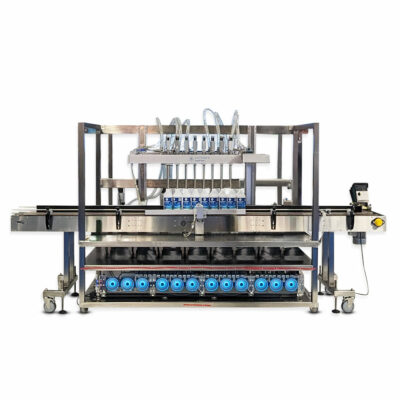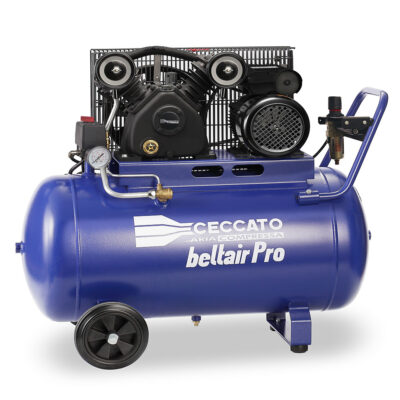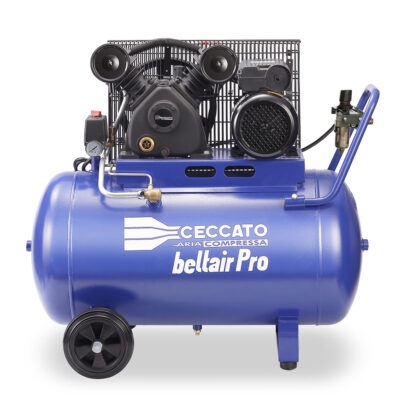Home › About Packserv › Global Partnerships › Pillar Technologies Technical Services › Pillar Technologies Capsealing Equipment – Unifoiler Troubleshooting
Pillar Technologies Capsealing Equipment - Unifoiler Troubleshooting
PROBLEM | POSSIBLE CAUSE | SOLUTION |
|---|---|---|
| Undervolts Fault | DC Bus Fuse open | Open capsealer cabinet. Press Start, observe red LED on snubber board, located on the heat sink, on the back wall of the cabinet. If Red LED is lit, fuse is OK. |
| Sealing Coil | With power off, remove wires #1101 and #1104 from TB2 (Output Transformer). Power up and press Start. If power meter begins to ramp up, the sealing coil is bad. Damage to the capsealer may occur if allowed to run without a coil for longer than 3 seconds. | |
| Inverter not firing | Using a DC voltmeter, measure the voltage at TP13 on Main Control Board. With circuit breaker on, TP13 should read +1 VDC. Press Start, TP13 should rise to +8 VDC for approx. 1 second, then drop to +1 VDC, as Undervolts Fault lights. Measure voltage on TP14, repeat procedure. If either TP13 or TP14 fail this test, the inverter is not firing. See “Undervolts…Inverter not firing”. | |
| Loose wire or connector | With power off, pull on each wire to ensure it is tight. Push on each connector, to ensure it is seated properly. | |
| Power Interface Board | If the inverter is firing and no other cause can be found, replace Power Interface Board. | |
| Undervolts… Inverter not firing(failed step 3 above) | Main Control Board | With power off, (Ensure DC Bus is bled down)Disconnect wire # 7 from bridge rectifier. Disconnect quick disconnect terminal from Gate Drive Board. With a DC voltmeter, measure voltage on TP18, on Main Control Board. Power up. Read +15 VDC. Press Start. Voltage will drop to +8 VDC for one second then return to +15 VDC. Press Stop. Measure voltage on TP19, Repeat procedure. |
| Gate Drive Board Note 1. | With power off, and wire #7 disconnected from the Bridge Rectifier, Reconnect terminal to Gate Drive Board. Carefully disconnect wire # 16 and #4, and #17 and #10 from the Gate Drive Board terminal. Connect a DC voltmeter from #16(-) to #4(+). Turn on CB, measure -14 VDC. Press Start, voltage should rise to -1 VDC for 1 second then drop back to -14 VDC. Repeat step measuring wire # 17(+) and #10(-). Reconnect gate wires in the correct order. | |
| IGBT Failed | See procedure for checking IGBT. | |
| Power Interface Board | Replace Power Interface Board. | |
| Output Current Fault | Power Interface Board | Replace Power Interface Board. |
| Main Control Board | Replace Main Control Board. | |
| Sealing coil | Replace the Sealing Coil. | |
| Overvolts Fault | Loose connection at output transformer | With power off, tighten all connections. |
| Open connection in sealing coil | Remove the box cover on top of the sealing coil. Check the condition of the wires that connect the power connector with the capacitor bank. If wires are scorched, replace the power connector. | |
| Input Voltage | Measure the input supply voltage. Then refer to the interconnection diagram included in the owner’s manual. Wire the main disconnect according to what the input voltage measured. | |
| Power Interface Board | Replace the Power Interface Board. | |
| Main Control Board | Replace the Main Control Board. | |
| Low Impedance.. Unable to achieve full power | Low input voltage. (It is normal for Low Impedance to be lit before Start button is pressed) | With capsealer running at maximum output, measure input voltage. If voltage is below 205 VAC refer to the interconnection diagram located in the owner’s manual. |
| Main Disconnect not wired properly. | There is a connection for 230 VAC and a connection for 208 VAC. Refer to the interconnection diagram located in the owner’s manual. | |
| Low Impedance flashes as bottles pass under sealing coil (may have Trouble Sealing bottles) | Output transformer not properly tapped | With power off, Re-tap output transformer. One of the output leads should always be on H1, move the other wire to a lower tap (i.e. from H4 to H3) |
| Low voltage problems | See “Low Impedance… Unable to achieve full power” above. | |
| Power Interface Board | Replace Power Interface Board. | |
| Main Control Board | Replace Main Control Board. | |
| Sealing Coil | Replace the Sealing Coil. | |
| High Temp Fault | Insufficient cooling or high ambient temperature. |
|
| Main Control Board | Place a jumper between TBF-8 and TBF-9 (wires #47 and #48) on Main Control Board. If fault does not reset, replace Main Control Board. Do not attempt to operate capsealer with this jumper in place. Damage to unit may occur. | |
| Thermal Switch | Replace the Thermal Switch. | |
| The K1 contactor engages…No output… No red fault lights lit | Interlock | Check the interlock circuit to make sure all are met. Refer to the electrical schematics included with the owners manual. |
| Sealing coil | With power off, remove wires #1101 and #1104 from TB2 (Output Transformer). Power up and press Start. If output meter begins to ramp up, the coil is bad. Damage to the capsealer may occur if allowed to run without a coil for longer than 3 seconds. | |
| Main Control Board | Replace Main Control Board. | |
| Power Interface Board | Replace Power Interface Board. | |
| Stalled Bottle | Setup | A proper setup needs to be achieved according to the owner’s manual. |
| Fiber Optic Sensor | Check the condition of the fiber optic cables. They should be at the same height on corresponding brackets. With nothing in between the sensors the amplifier should be a green light only. When blocked the red light will illuminate. If the fibers are aimed correctly with no lights, wiggle the fibers at the brackets to see if there is a change on the amplifier. The fibers may need to be replaced. | |
| Encoder | With the cap sealer in the setup mode the three digit led will display the encoder reference. If the number of pulses varies more than five to ten pulses plus or minus check the mounting of the encoder. If the meter displays zero ensure that dip switch #1 on the Display Board is turned on. If dip switch #1 is on, replace the encoder. | |
| Stalled Bottle occurs when the bottle reaches the exit bracket. | The orientation of the sensor group may be wrong. If the sensors are arranged that the foil sensor is located on the entrance bracket and there is no reject device to remove the bottle before it reaches the exit bracket this will occur every time a missing foil or loose cap is detected. A rejection device must be installed to reject the bottle before the exit bracket or the orientation of the sensors must be changed. |
Induction cap sealing has a wide variety of applications in many different industries. At Pillar Technologies Australia we continuously work with our clients to develop new markets and test our cap sealing process in new applications.
If you have a unique application, contact Pillar Technologies Australia today to schedule an evaluation.
Packaging Machinery Made Easy
Take your business to the next level with Australia’s leader in packaging equipment and services.
Short & Long term Hire, Buy, Rent-To-Buy and Leasing options.












